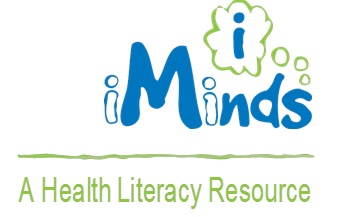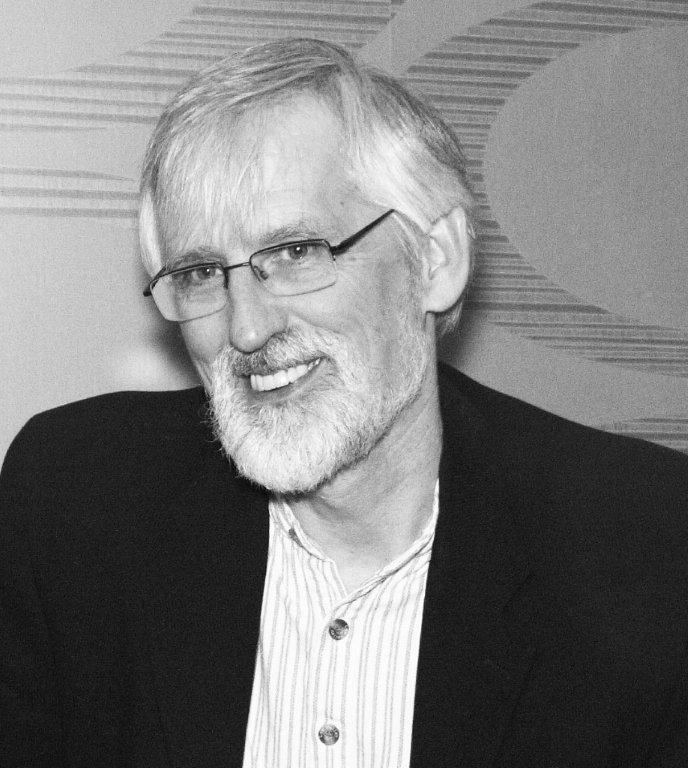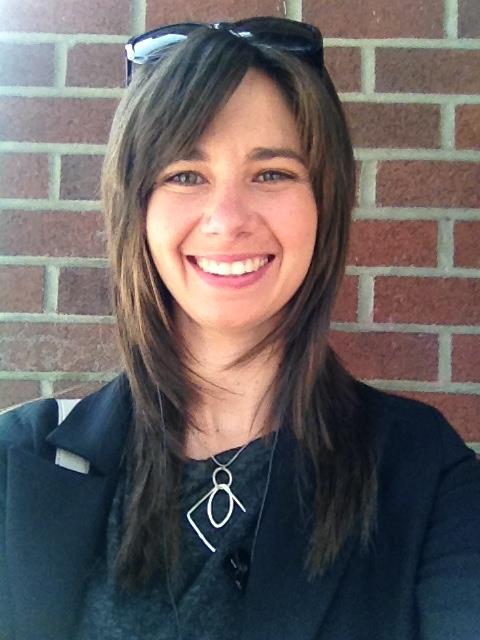A lot of drug education is based on what Carl Rogers calls the “jug and mug” theory of education.[1] That is, the instructor (the jug) is seen as possessing knowledge that needs to be poured into the students (the mugs). The requisite knowledge is defined by the powers-that-be as information about drugs, particularly about the potential harms that might result from drug use. Generally, the “jug” exercises power over the “mug” through a combination of rewards (grades and career opportunities) and punishments (failure and fear). In the context of drug education, many of the incentives have little influence, so there has been an over-dependence on fear as a primary mechanism of power and control. As a result drug education focuses predominantly on negative consequences – often over-stating these. And punishments for drug offences are often more severe than for other potentially harmful behaviours.

Traditional drug education has not been very effective. There is an alternative. In developing iMinds, we have drawn on Rogers’ humanistic person-centred approach to education in combination with Bandura’s social cognitive theory. Essential to this approach is the presence of learning facilitators who trust that people can think for themselves. The other major element of this alternative approach involves striking a balance between a person’s autonomy and their social interdependence – what we sometimes call “the frog and the pond.” We need to be interested in the individual in terms of capacity and resilience (“the frog”). But we also need to give attention to the social, cultural and political dynamics of the classroom, school and community (“the pond”).
Both of these critical elements are “political” in nature in that they have to do with power, control and the making of choices. Humanistic education gives the power to the student. It is about preparing young people to be citizens – participants in our democratic institutions. As one writer puts it: “If democracy is to work, its citizens must be educated. They must know how to gather information, distinguish fact from opinion, analyze propaganda, understand many different viewpoints, understand justice, think for themselves, communicate their opinions clearly, and work with others for the common good.”[2] This seems like a good road map for drug education.
There are several rational reasons why a person might choose to use a drug. But the impact of that use almost always is affected by many factors related to the drug, the person using the drug and the social and physical context in which the drug is used. Drug education is not about saving young people from the evils of drugs or protecting them from the dangers of drugs. The stakes are far greater. Drug education involves giving young people the power to make decisions and helping them to develop the skills to make good decisions that will enhance their own lives, the lives of their peers, and the lives of those who come after them.
If we know that simply pouring out our knowledge about the risks involved is not effective, maybe it is time to give up the illusion of power and try a different approach.
[1] Rogers, C. (1983). Freedom to Learn for the 80’s. Toronto: Collier Macmillan Canada, p. 187.
[2] Herron, J. (1999). The Complete Facilitator’s Handbook. London: Kogan Page, p. 4.
Author: Dan Reist, Assistant Director (Knowledge Exchange), Centre for Addictions Research of BC
**Please note that the material presented here does not necessarily imply endorsement or agreement by individuals at the Centre for Addictions Research of BC.


